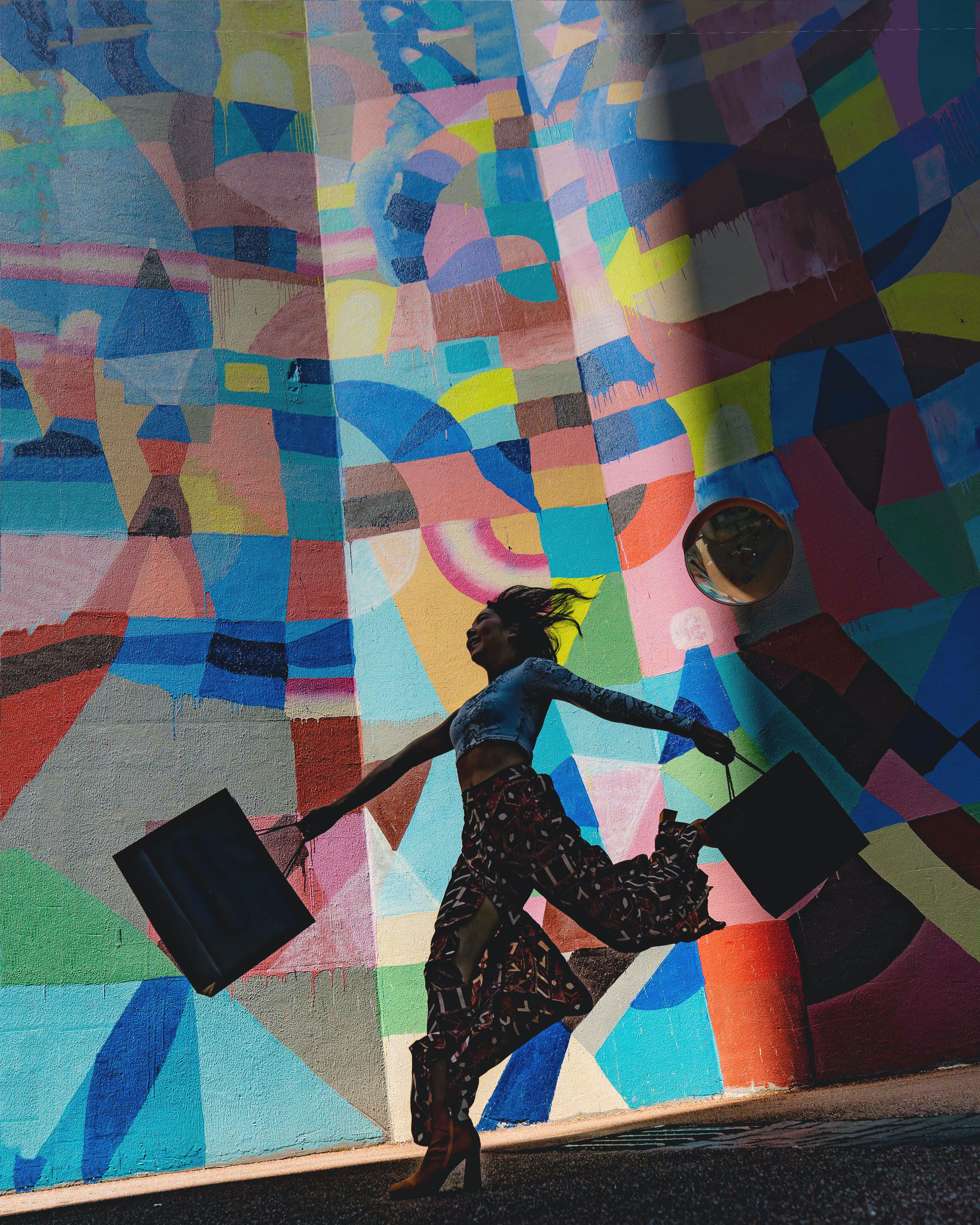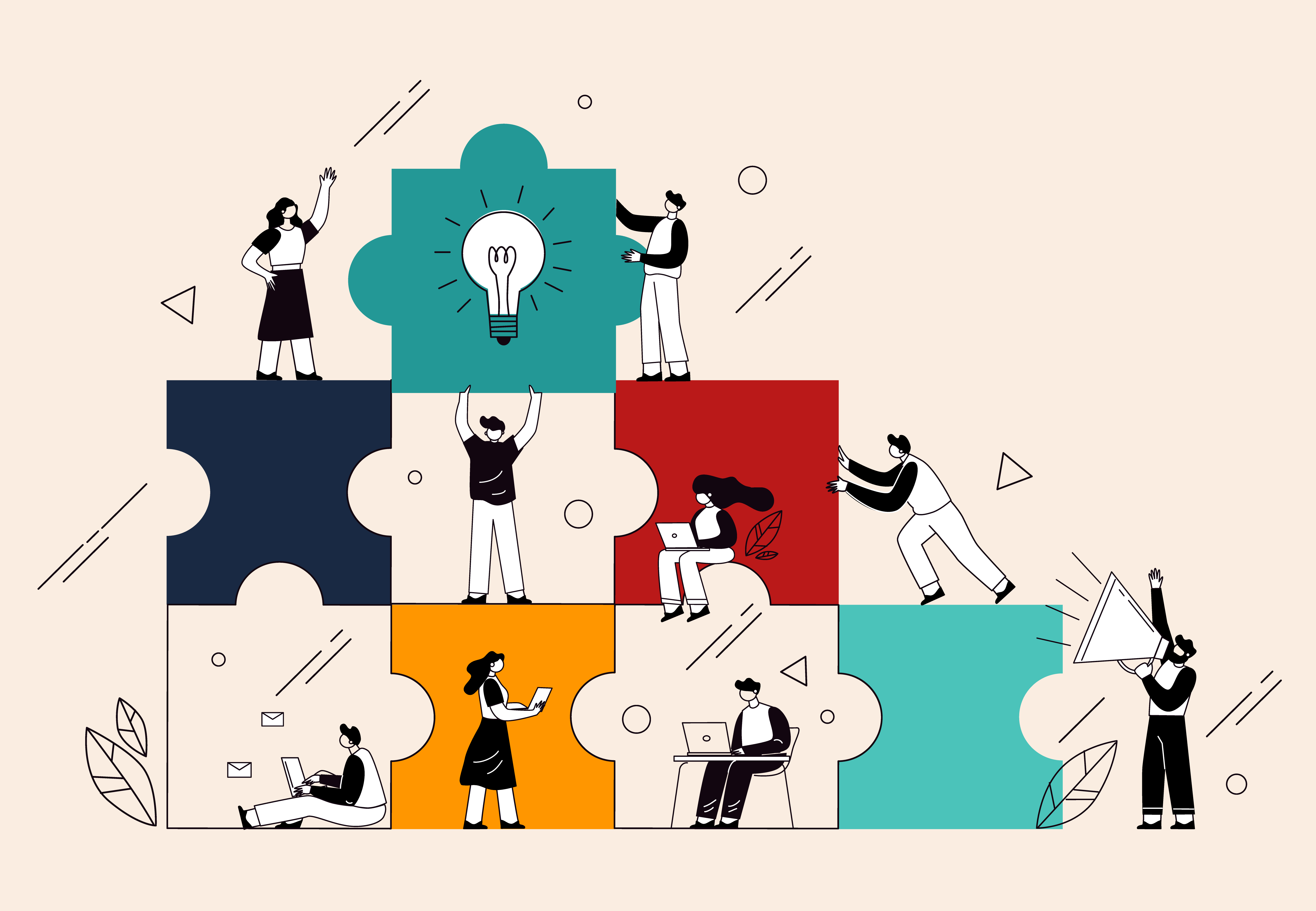From Tracking to Learning: Turning Data Into Organizational Intelligence
Tracking studies are among the most valuable tools a business can have, but the word “tracking” undersells their potential.

The pandemic, global supply chain issues, inflation, and technology advancements have dramatically changed the way we shop at retail. And with all the change, finding the next hidden gem that could transform and evolve shopping for your brand at retail can be depressing, taking your cortisol to new heights. It can be a vulnerable and lonely place to be on the hunt for the holy grail of retail innovation. Looking to the past for solutions can be a graveyard of broken dreams. Looking inward can be a sea of internal conflict. It can feel hopeless with no relief in sight. In other words, in-store innovation research is a lot like a call for therapy.
We at Bovitz believe that uncovering retail innovation can feel like the best parts of therapy though – finding answers that unlock a way to re-invent yourself and an opportunity to feel alive, confident, and productive again. It can go so well after one session that you can’t wait to see how good you’ll feel after the tenth.
And getting good at therapy, in our case uncovering retail innovation, means putting the power back in your hands. It starts with attaining deep empathy and immersing yourself in the shopper story. It’s listening, like really listening, to consumers’ hopes and dreams, desires for relief and escape, and ultimately, about their own powerlessness. Way deeper than simply what they are looking to buy today. With empathy and story in hand, we can create -- together, turn the consumer experience into frameworks, developing real-life solutions to real-life problems, messages and experience prototypes centered on addressing a fundamental consumer need. Finally, we deploy these solutions. Product and feature optimization, take rates, marketing plans, brand architecture; we dedicate ourselves to helping develop nascent solutions into full-fledged market offerings.
A Good Toolkit
And like any good therapist does, we need to expand our toolbox and use it to the fullest. It could mean using ethnographic and observational techniques, such as:
Longitudinal observation: Observing key spaces and the traffic and interactions that take place in-store over time, stealthily seeing what shoppers themselves may not see, relying on non-verbal cues and indirect questioning to uncover information, nuance, and inspiration
Real-life shopping missions: Watching shoppers in action (without inhibiting or distracting them) with a specific goal in mind; understanding barriers, limitations, and frustrations
Friendship circles: Social shopping amongst friends that can function like an “unfocused group,” allowing insights to pop up naturally through conversation and shopping experiences, without a pre-defined agenda
Visual archaeology: Studying what tools shoppers use, how they’re used at shelf and at home, who uses them, when, why, any shortcomings, and which are used frequently
A Day in the life: Video journaling of how shopping information is discovered, explored, used, and shared within a given context. Amidst the shopping journey itself, learning about workarounds and body language are central cues, as well as functional and emotional inefficiencies
Brand/product/retail collage: Collaging the emotional aspects of a product/brand/retail experience
Social media listening: Mining unfiltered consumer commentary about shopping experiences, delights, and frustrations to establish a baseline understanding and develop hypotheses
Cultural exploration: A series of anthropological activities to help define macro-trends and when change is coming, cultural forces that shape people’s lives, and what brands can do about it in the retail environment
Or perhaps there’s a call for collaborative activities, such as:
Mind mapping: Diagramming thoughts around a central keyword to structure ideas, as well as mine for retail experience opportunities
Co-creation activities: Shoppers, clients, store employees, and category experts come together to solve shopping problems and challenges
Visual storytelling: With pictures being worth a thousand words, a visual note taker in real-time captures, in illustrations, shoppers’ experiences, ideas, and brand impressions
A Few Memories
These are but a few snapshots of the types of activities that inspire retail innovation, as we customize each engagement to clients’ unique needs. Compiling this list did remind us of some past adventures, where we were able to develop kinship in the needs, wants, and lifestyles of shoppers. Below are a few recent anecdotes, and we’re sure you’ll have your own memories along the way, too.
The time we used a retail client’s security camera footage to quantify traffic patterns and shelf interactions, uncovering in-store signage and merchandising innovation along the way.
The numerous times we’ve gone shopping with a group of friends and hosted dinner parties afterwards to innovate shopper marketing concepts, making innovation fun and not feel like a pressure cooker.
Or even the micro-journeys, like the time we discovered problems with a retail client’s shelf tags and co-created an elegant solution that had far-reaching effects on easing shopability.
There was also the time we helped a technology company innovate marketing messages regarding how meaningful our client’s technology was to consumers by having study participants go through a deprivation exercise. We asked participants to deprive themselves of all technology for 24 hours, journal their thoughts and needs, and create metaphors related to technology use. This provided powerful stimuli to re-imagine marketing messages at shelf and online.
The list of stories and connections we’ve made truly goes on and on.
A Few Observations:
With this myriad of adventures and experiences, we get the privilege of being on the forefront of changing retail attitudes, values, and associated behaviors. And what we’ve observed recently is a new form of old, a new form of retail therapy. In the past, shopping could be an escape when life goes sideways. Splurging made us feel good, lifted our spirits. While this still holds true, we’re seeing some modern twists:
First, retail therapy used to be primarily a silent expression of what’s going on inside. We shopped alone or with friends as a way to cope, often without verbalizing or collectively processing why we’re at the mall in the first place. Nowadays, with talking about mental health becoming less taboo, we’re observing retail as the place to have the tough conversations about big feelings. Shopping distracts enough so we’re not staring one another in the face with emotions raw and internal hurts galore. At the same time, it’s an intimate enough space to feel what’s going on inside more readily. Emotions can be more at the surface when you’re visioning how you’d look in a new outfit or why three boxes of cookies are in your cart.
Coming out of the pandemic and lost years, our epidemic of loneliness appears to be at an all-time high. As such, we’re seeing shopping as a chance to socialize and make connections with people. Shopping for groceries with your BFF is the new coffee date – you get much needed friend time and check a box off your overloaded to do list.
Then, there’s the rise of the echoism, a people-pleasing trait, and how it has crept into shopping. Echoism is a term originated by psychologists, now making headlines on TikTok and the discourse around mental health in which a person does not appear to have much desire of their own — primarily mirroring and reflecting back what the other person, usually a more dominant person, desires. Lacking confidence, self-esteem, and often coming from narcissistic parents, they like to stay in the shadows and meet other people’s needs at the expense of their own. When it comes to shopping, echoists will follow the lead of their group’s alpha as well as the latest shopping trends to the tee. They don’t customize or make things their own, feeling they’re not worth the time and effort of self-care and personal attention. While this trait is a troubling one, retailers and brands can cheerlead echoists to have a greater sense of self and empower them to shop for themselves. Then, shopping can truly become therapeutic for this group.
Retail innovation can be hard, but research that centers on human needs can be the therapeutic salve, allowing shoppers to have experiences that put them in the driver’s seat. Brands and retailers can then enjoy the social and actual currency derived from human-centered, needs-driven experiences.
Are you ready for some retail therapy?

Tracking studies are among the most valuable tools a business can have, but the word “tracking” undersells their potential.

There is no shortage of brand philosophies and frameworks -- some grounded in evidence, others not. At Bovitz, analytics and insights are in our...